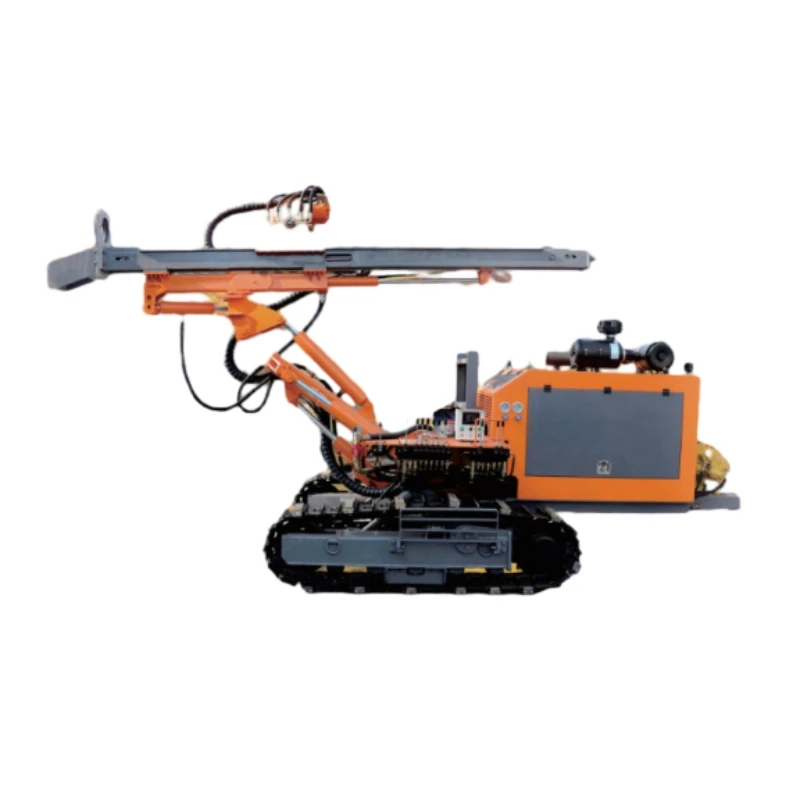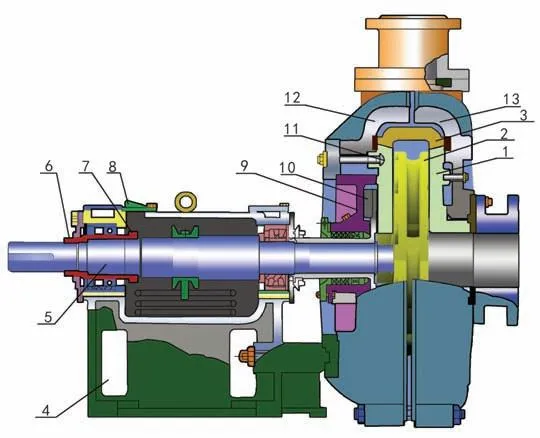- Afrikaans
- Albanian
- Amharic
- Arabic
- Armenian
- Azerbaijani
- Basque
- Bengali
- China
- China (Taiwan)
- Czech
- Danish
- Dutch
- English
- French
- German
- Greek
- Gujarati
- Haitian Creole
- hausa
- Miao
- Hungarian
- igbo
- Indonesian
- Italian
- Japanese
- Javanese
- Rwandese
- Korean
- Kyrgyz
- Lao
- Lithuanian
- Luxembourgish
- Macedonian
- Malgashi
- Malay
- Mongolian
- Myanmar
- Nepali
- Norwegian
- Persian
- Polish
- Portuguese
- Punjabi
- Russian
- Spanish
- Swahili
- Swedish
- Telugu
- Vietnamese
Jan . 15, 2025 03:20 Back to list
jaw crusher parts and their functions


Side liners and cheek plates cover the internal moving components and direct the rock flow within the jaw crusher, playing an unsung yet crucial role in efficiency. Crafted from durable materials, these components provide a hard-wearing surface that enhances secondary wear protection. Checking for alignment and loosening regularly can help prevent uneven wear and extend component life. A flywheel, though seemingly simplistic, maintains the momentum required to keep the crusher operable during energy dips. It stores the energy of the motion created and releases it when crushing, contributing to the machine's balance and efficiency. Flywheels should be regularly monitored for cracks and defects to prevent hazardous failures. Lastly, frame construction is fundamental to the longevity and stability of a jaw crusher. The robust design of a quality frame withstands significant forces, offering a foundation that supports all other components. Routine inspection for structural integrity and rust can avert long-term damage and enhance overall machinery trustworthiness. In conclusion, each part of a jaw crusher contributes significantly to its overall operation and efficiency. A comprehensive understanding of these components, along with their maintenance and potential issues, is imperative for maximizing productivity and minimizing disruptions. Investing time and resources in understanding your equipment can pay dividends in operational success, cementing your reputation as an authoritative figure in your field.
-
Low-Cost Borehole Drilling Machine for Small-Scale Projects
NewsJul.11,2025
-
Carbide Bullet Teeth for Abrasive Formations: Powering Industrial Drilling Efficiency
NewsJul.11,2025
-
Advantages of Down-the-Hole Drill Bits in Geothermal Projects
NewsJul.11,2025
-
Hole Hammer Use in Water Well Drilling
NewsJul.11,2025
-
Benefits of a Mobile Diesel Compressor in Construction
NewsJul.11,2025
-
Benefits of Diesel Portable Screw Air Compressors
NewsJul.11,2025

















